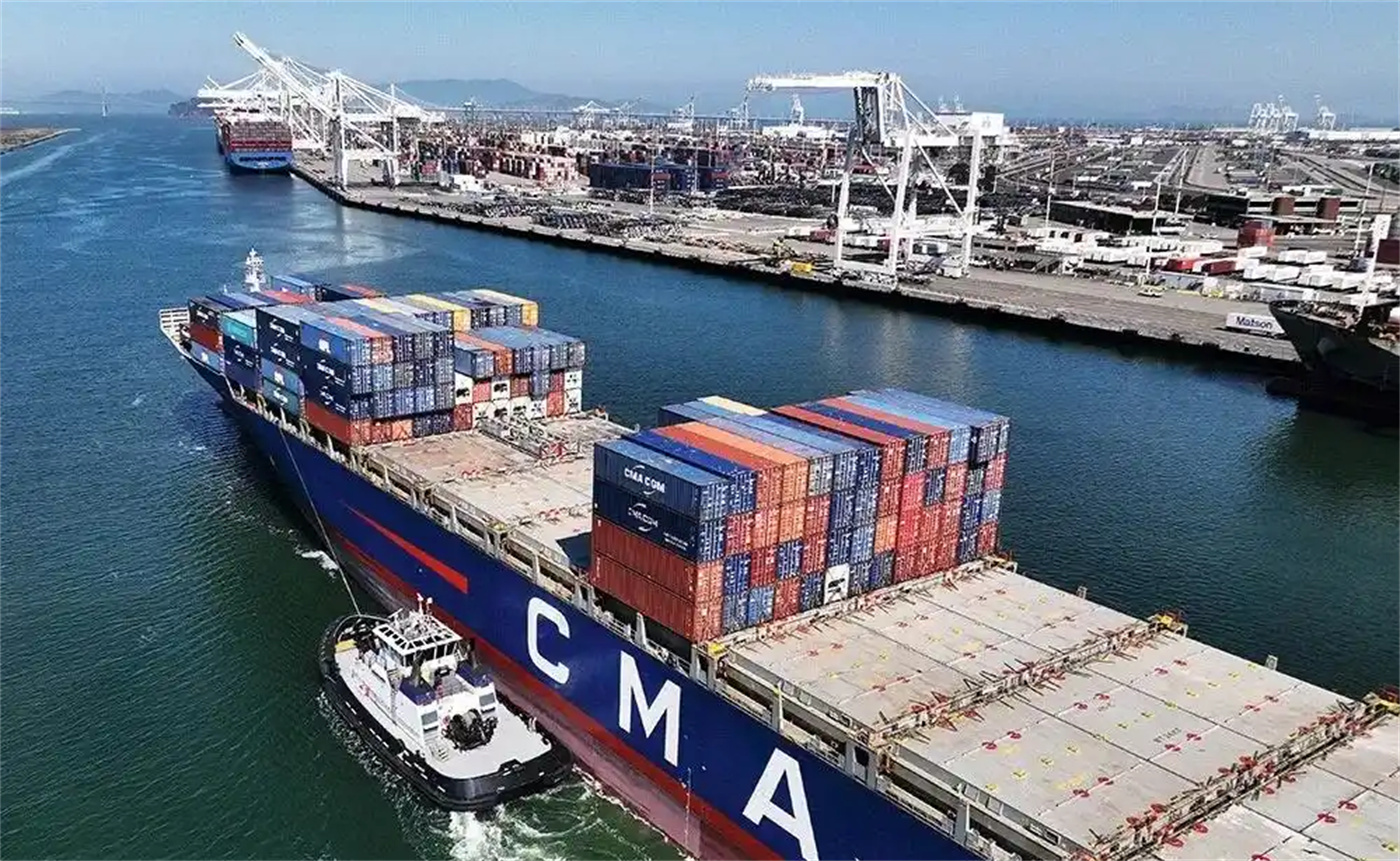The recent escalation of trade friction between China and the U.S. has drawn global market attention, with the U.S. announcing new tariffs on Chinese imports and China responding with reciprocal measures. Among the affected industries, China’s LED display product export sector has faced significant challenges.
1. Market Position and Immediate Impact
China is the world’s largest producer and exporter of LED display products, with the U.S. being a key overseas market. In 2021, China’s lighting industry exported 65.47billion worthofgoods,including65.47billionworthofgoods,including47.45 billion (72.47%) from LED lighting products, with the U.S. accounting for a substantial share. Prior to the tariff hikes, Chinese LED displays dominated the U.S. market due to their high cost-performance ratio. However, the new tariffs have disrupted this dynamic.
2. Cost Surge and Competitive Disadvantage
The tariffs have sharply increased the cost of Chinese LED displays in the U.S. market. Complex supply chains and cumulative tariff effects forced price hikes, eroding China’s price advantage. For example, Leyard Optoelectronic Co., Ltd. saw a 25% price increase for its LED displays in the U.S., leading to a 30% drop in export orders. U.S. importers further pressured Chinese firms to absorb partial tariff costs, squeezing profit margins.
3. Shifts in Demand and Market Volatility
Rising costs have driven price-sensitive consumers toward alternatives or imports from other countries. While high-end clients may still prioritize quality, overall demand has contracted. Unilumin, for instance, reported a 15% year-on-year decline in U.S. sales in 2024, with clients becoming more cautious about pricing. Similar fluctuations were observed during the 2018 trade war, suggesting a recurring pattern.
4. Supply Chain Adjustments and Challenges
To mitigate tariffs, some Chinese LED firms are relocating production to the U.S. or third countries. However, this strategy entails high costs and uncertainties. Absen Optoelectronic’s attempt to establish U.S. production faced challenges from labor costs and regulatory complexities. Meanwhile, delayed purchases by U.S. clients have caused quarterly revenue fluctuations. For example, Ledman’s U.S. export revenue fell by 20% quarter-on-quarter in Q4 2024.
5. Strategic Responses by Chinese Enterprises
Technology Upgrades: Companies like Epistar are investing in R&D to enhance product value. Epistar’s ultra-high-refresh-rate LED displays with superior color accuracy secured a 5% growth in premium U.S. exports in 2024.
Market Diversification: Firms are expanding into Europe, Asia, and Africa. Liantronics leveraged China’s Belt and Road Initiative, boosting exports to the Middle East and Southeast Asia by 25% in 2024, offsetting U.S. market losses.
6. Government Support and Policy Measures
The Chinese government is aiding the sector through R&D subsidies, tax incentives, and diplomatic efforts to stabilize trade conditions. These measures aim to foster innovation and reduce reliance on the U.S. market.
Conclusion
While the U.S.-China tariff war poses severe challenges to China’s LED display industry, it has also accelerated transformation and diversification. Through innovation, global market expansion, and government support, the sector is poised to turn crisis into opportunity, paving the way for sustainable growth amid evolving trade dynamics.

Post time: Apr-17-2025
